RARE! Original WWII D-Day Amphibious Landing Craft Assault (LCA) Design Blueprint



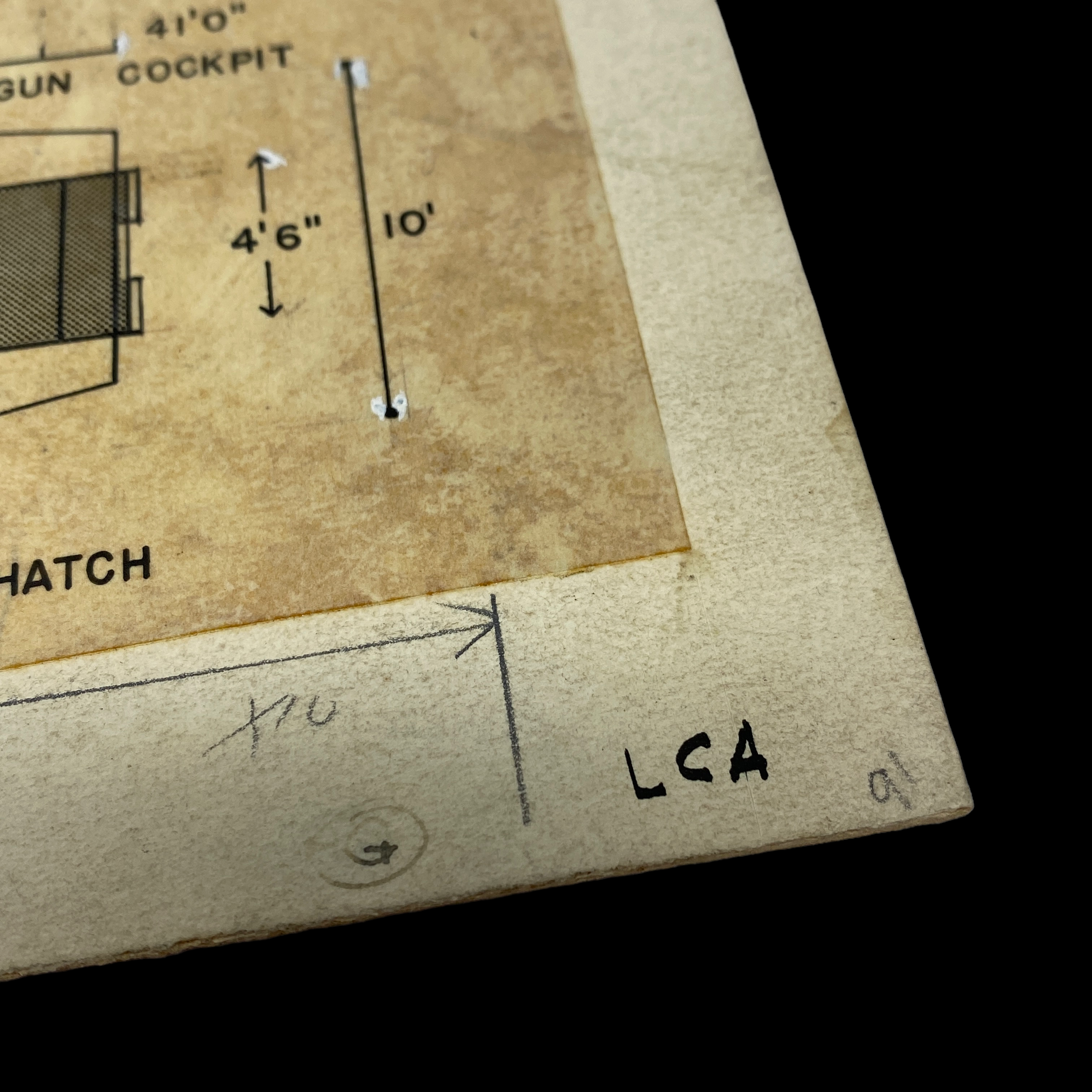
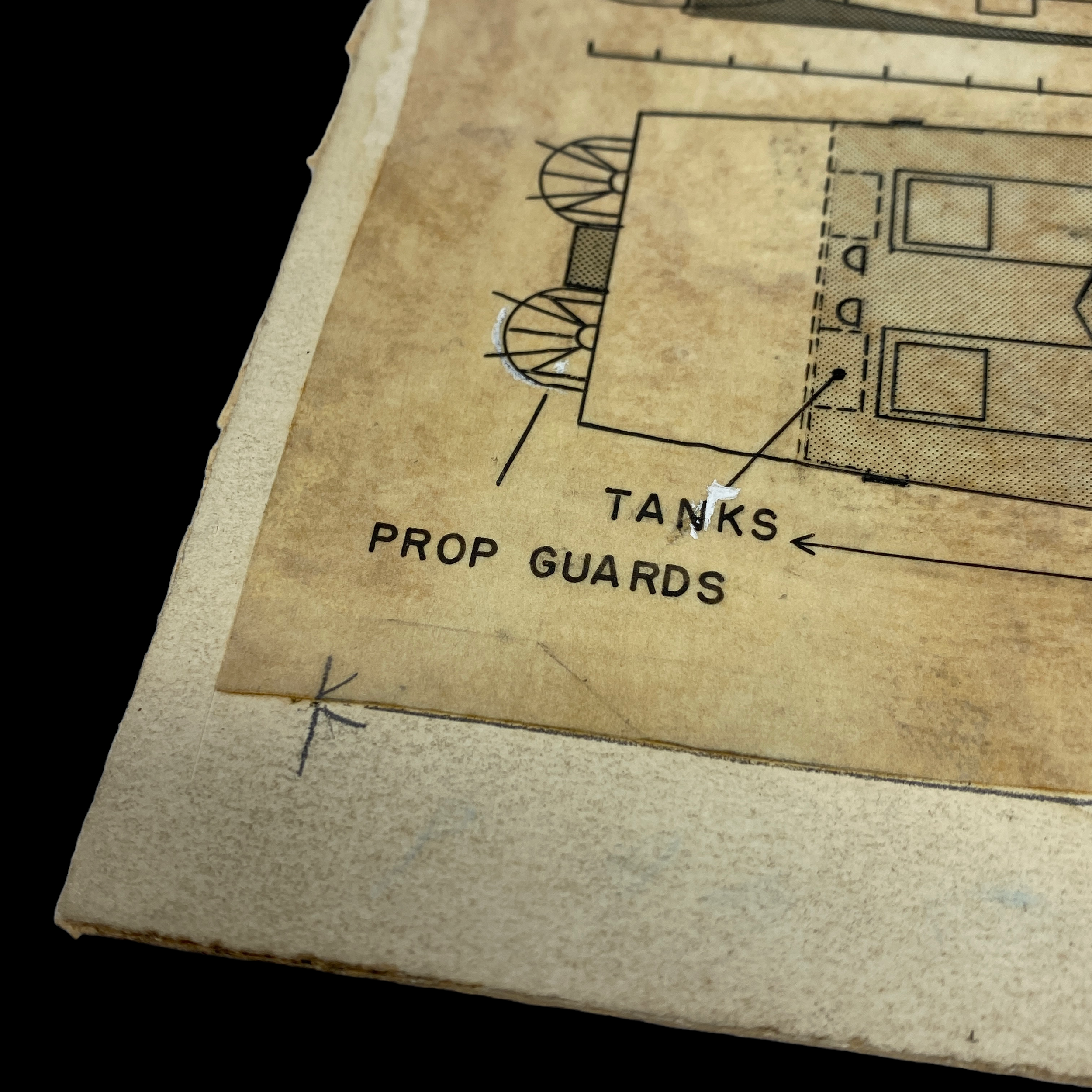
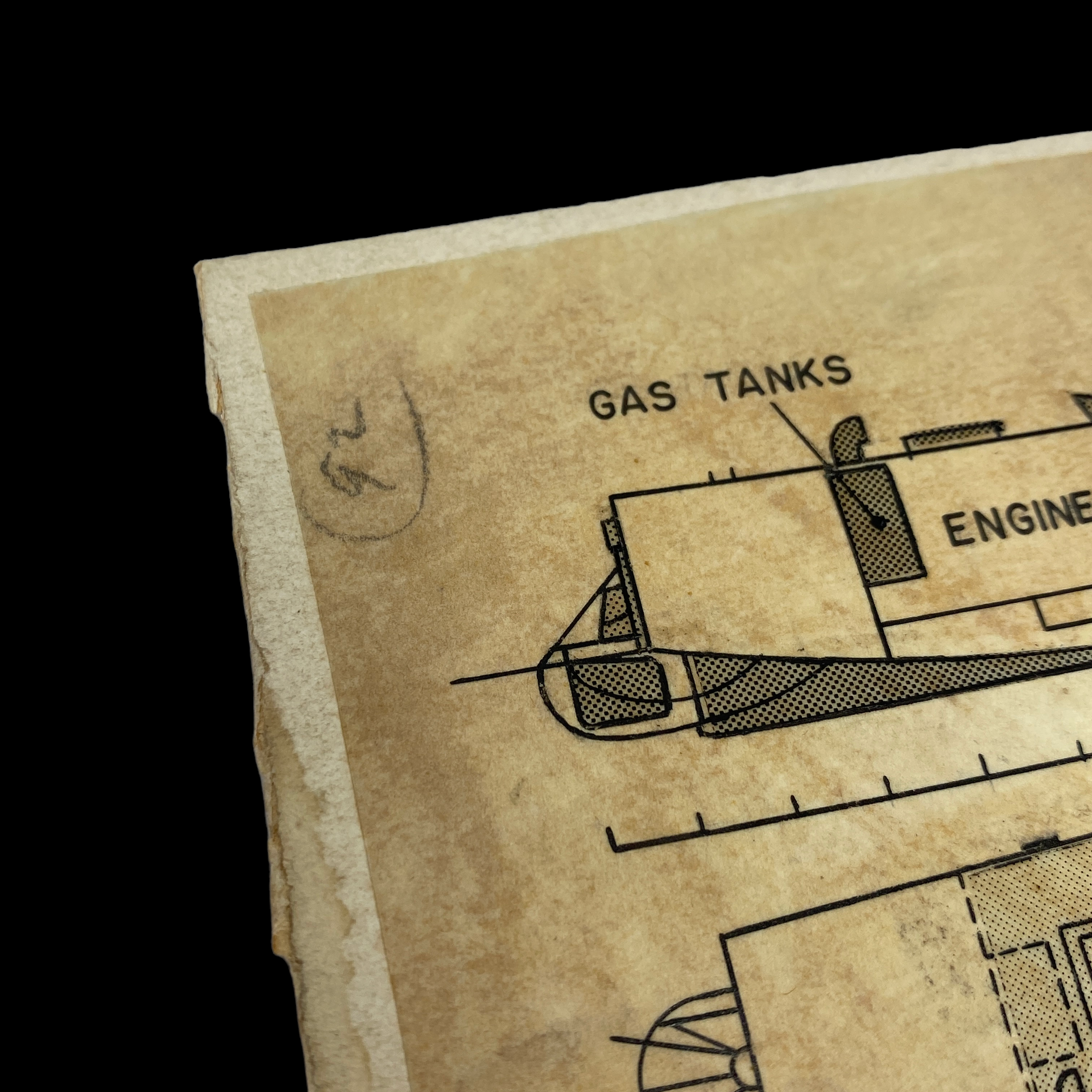

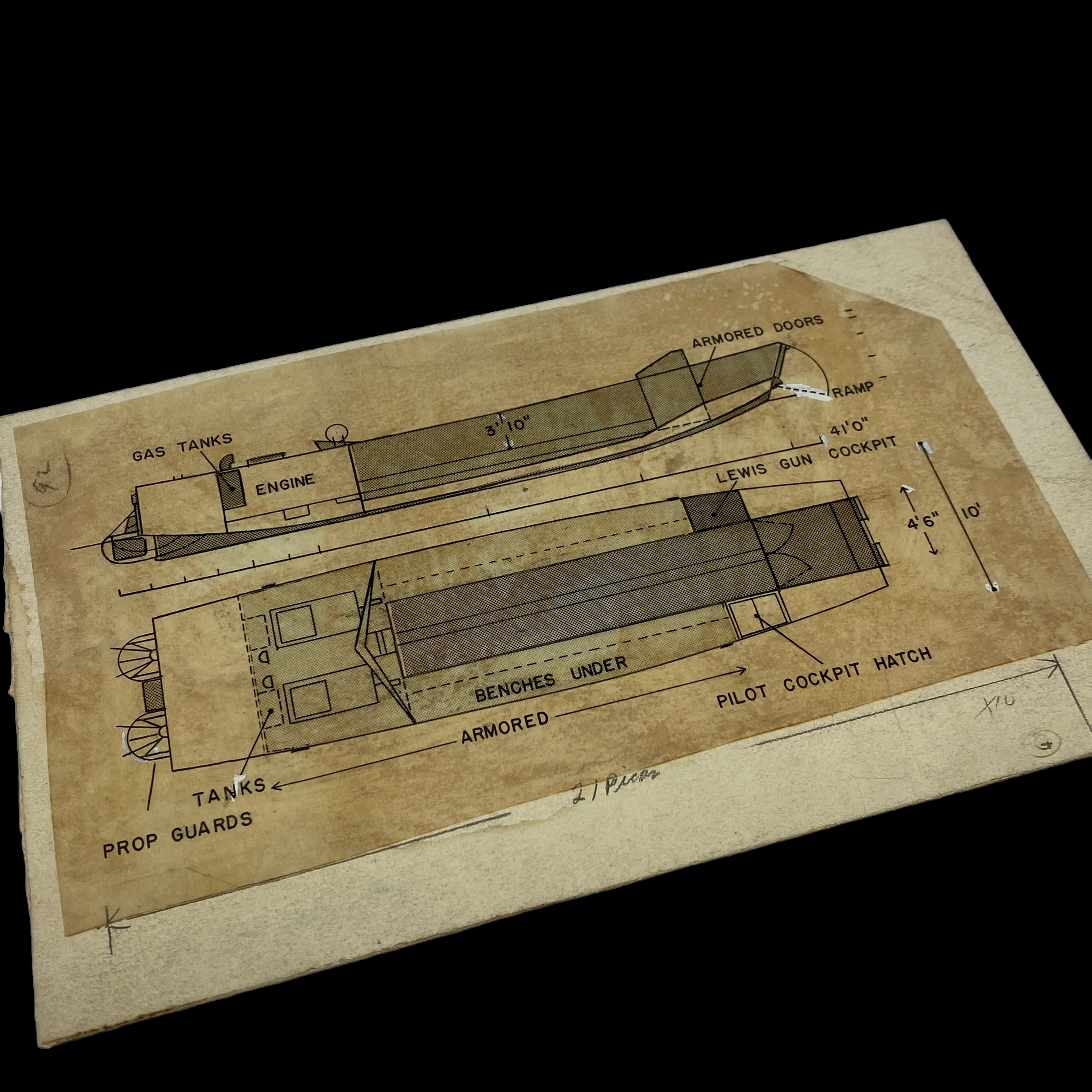
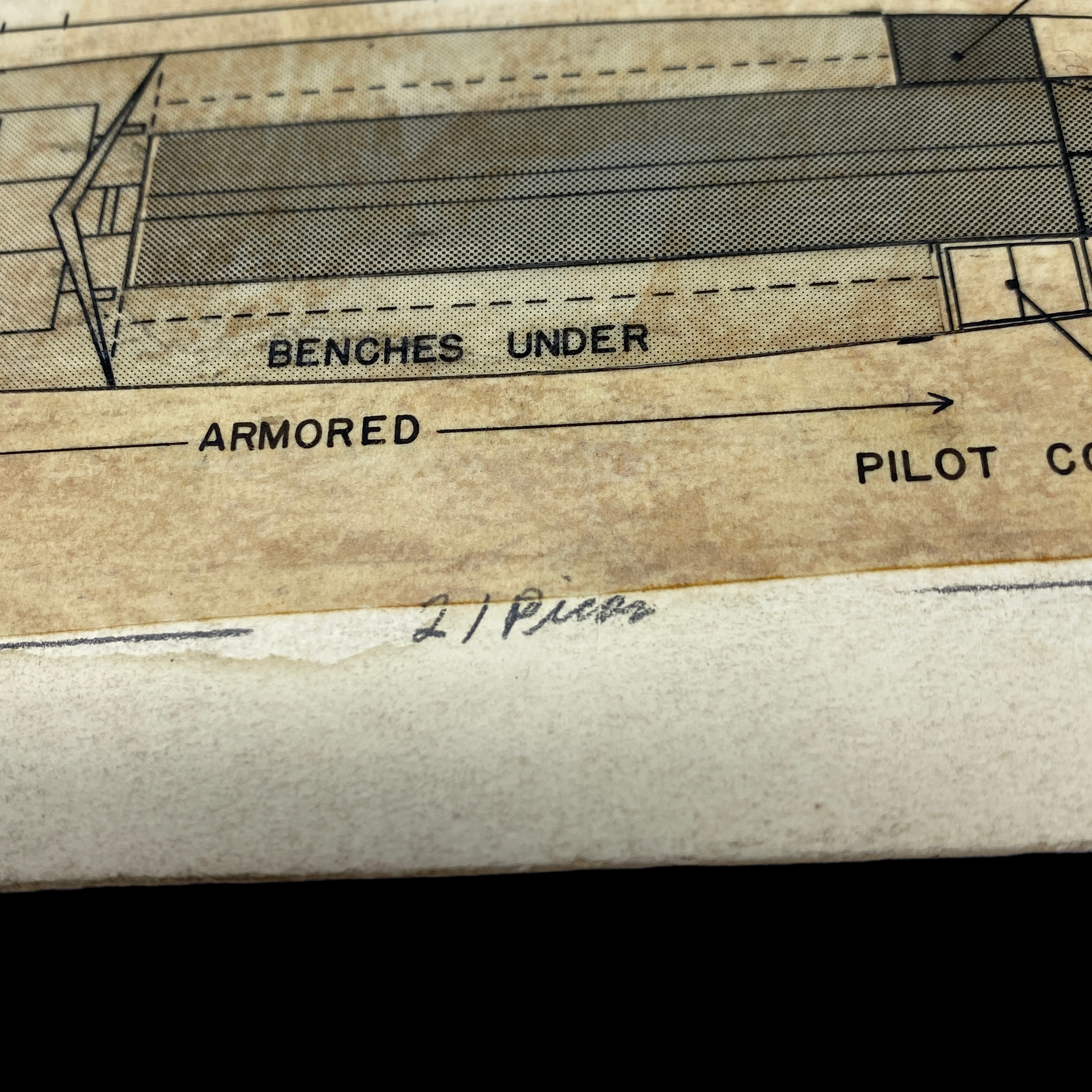
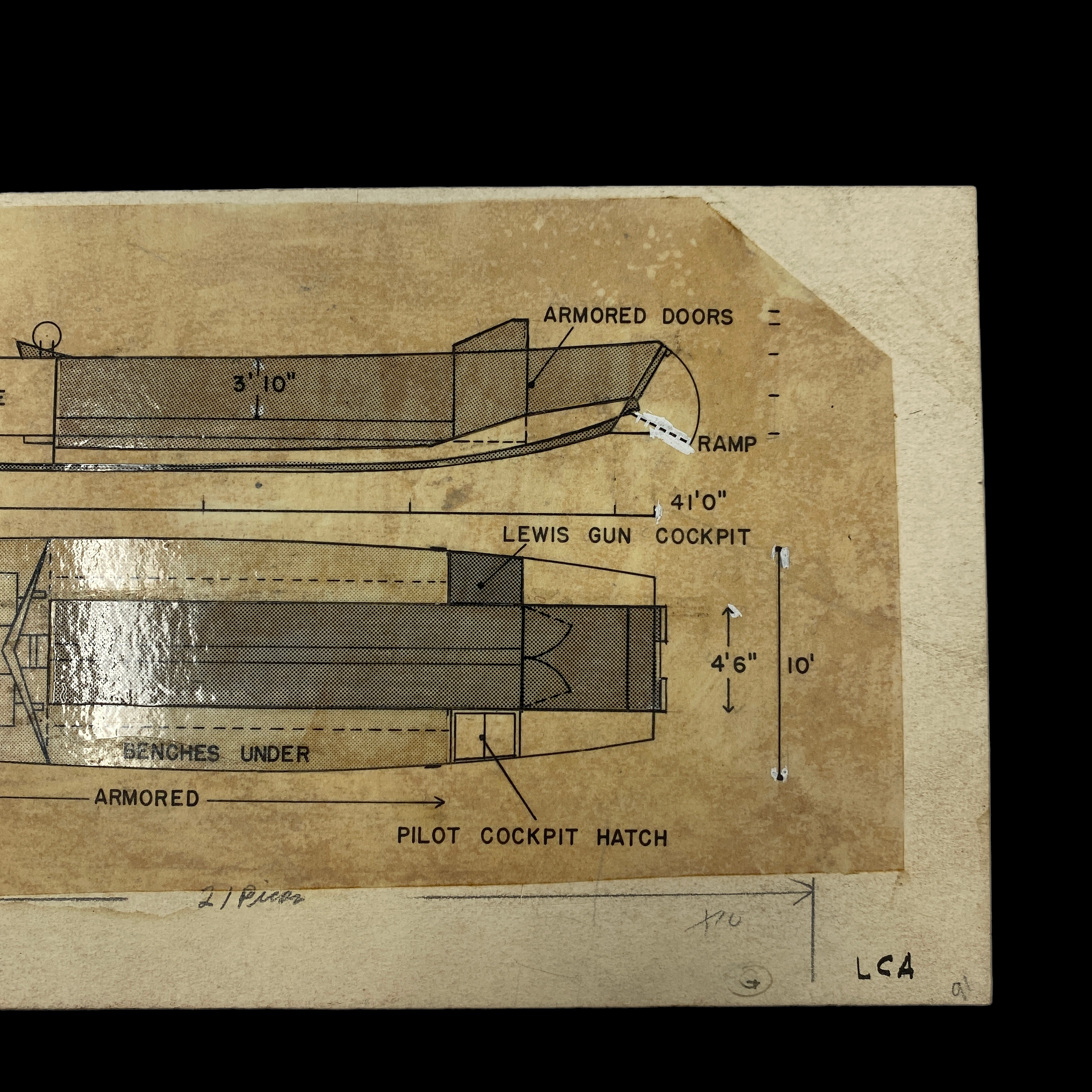
RARE! Original WWII D-Day Amphibious Landing Craft Assault (LCA) Design Blueprint
Comes with hand-signed C.O.A.
“By the time production was in full tilt in preparation for Operation Overlord production rose to sixty LCAs a month.”
This incredible and museum-grade WWII artifact is an original Landing Craft Assault (LCA) blueprint used in the design and production of one of the most instrumental assault ships of World War II. The design and production of the LCA was a complex and multi-faceted process that involved the collaboration of several different organizations, including the military, shipyards, and private manufacturers. What makes this original WWII LCA blueprint so rare is the heavy use and design marks.
The Landing Craft Assault (LCA) was a type of amphibious warfare vessel used extensively during World War II. It played a crucial role in many of the major amphibious invasions of the war, including the Normandy landings on D-Day in June 1944.
The LCA was designed to transport troops and equipment from ship to shore, and it was able to navigate both shallow waters and rough seas, making it an ideal vessel for amphibious operations. The LCA was equipped with a ramp that allowed troops and equipment to disembark directly onto the beach. It was also fitted with machine guns for defense against enemy fire.
The LCA was first used in the North African Campaign, where British forces utilized it to invade the coast of Vichy French-controlled Morocco and Algeria in 1942. The LCA proved its worth during this operation, providing a secure and reliable means of transporting troops and equipment onto the beaches, despite being exposed to enemy fire.
The Normandy landings in June 1944 marked the largest amphibious invasion in history, and the LCA played a crucial role in the success of the operation. Over 4,000 LCAs were used to transport 156,000 Allied troops and their equipment to the shores of Normandy. The LCAs disembarked their troops and equipment onto the beaches, allowing the Allies to establish a foothold on the continent and begin their march towards Germany.
The LCA continued to be used throughout the war, including in the Pacific theater, where it was used in the invasions of the Philippines, Okinawa, and other Pacific islands. The LCA's versatility and durability made it an indispensable asset to the Allies throughout the war.
In conclusion, the Landing Craft Assault was a key player in the success of many of the major amphibious invasions of World War II. Its ability to transport troops and equipment onto the beaches, despite being exposed to enemy fire, made it an invaluable asset to the Allies. The LCA's versatility and durability, as well as its crucial role in many of the war's defining moments, make it an important piece of military history and a testament to the ingenuity of those who designed and used it.
The development of the LCA began in the late 1930s, when the British military recognized the need for a new type of landing craft that could navigate shallow waters and rough seas. The design of the LCA was based on the Landing Craft Mechanized (LCM), which was used in the 1920s and 1930s for river crossings. The LCA was designed to be an improvement on the LCM, with a more durable hull, a larger capacity for troops and equipment, and improved defensive capabilities.
The production of the LCA was a massive undertaking, with thousands of LCAs being produced by a variety of shipyards and private manufacturers. The British government established a number of different organizations to oversee the production of the LCAs, including the Ministry of War Transport and the Ministry of Supply. These organizations worked closely with shipyards and private manufacturers to ensure that the LCAs were produced to the highest standards and in sufficient quantities to meet the demands of the military.
In order to speed up production, the British government also introduced a number of innovations and efficiencies, including the use of prefabricated sections and mass-production techniques. These measures allowed for the rapid construction of LCAs, which was essential given the urgent need for landing craft in the midst of the war.
In addition to the design and production of the LCAs themselves, the British military also invested in the development of specialized equipment and systems for use on the LCAs. This included ramp systems, winches, and specialized navigation systems that allowed the LCAs to navigate shallow waters and rough seas.
The production of the LCA was a massive undertaking, and it required the collaboration of many different organizations and individuals. Despite the challenges posed by the war, the British military and private manufacturers were able to produce thousands of LCAs, which played a crucial role in many of the major amphibious invasions of World War II.
In conclusion, the design and production of the Landing Craft Assault was a complex and multi-faceted process that involved the collaboration of several different organizations, including the military, shipyards, and private manufacturers. The LCAs produced during the war were essential to the success of many of the major amphibious invasions and remain an important piece of military history, a testament to the ingenuity and determination of those who designed and produced them.